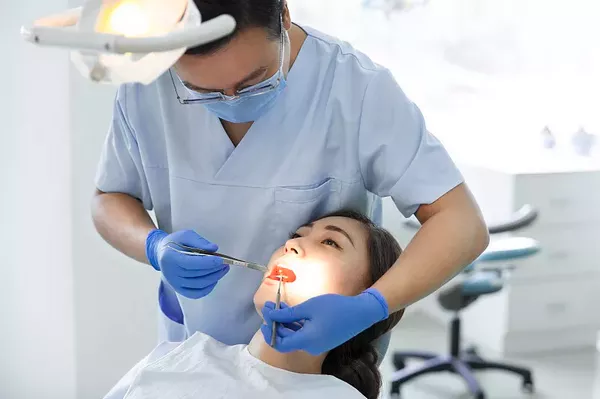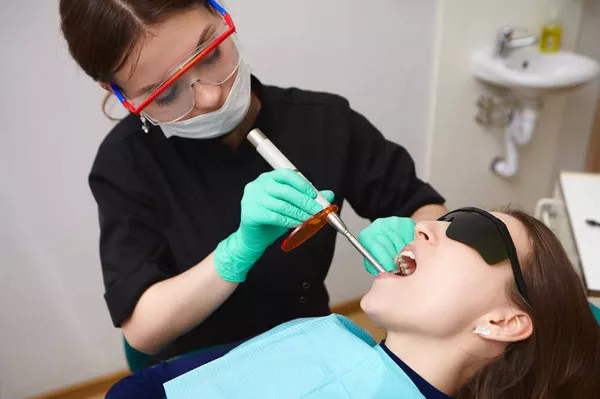Temporary fillings are commonly used in dental practice to provide interim restoration for teeth awaiting permanent treatment. While temporary fillings serve a crucial role in protecting the tooth and preventing further decay, patients often wonder whether these temporary restorations can become infected. In this comprehensive guide, we will delve into the topic of temporary fillings and their susceptibility to infection, examining the factors that can contribute to infection, signs of infection to watch for, and how to prevent complications associated with temporary fillings.
1. Understanding Temporary Fillings:
Temporary fillings, also known as provisional restorations, are used to seal a tooth temporarily until a permanent restoration, such as a filling or crown, can be placed.
These fillings are typically made of materials such as zinc oxide-eugenol, glass ionomer cement, or composite resin. They are designed to provide a temporary seal over the tooth to protect it from bacteria, food particles, and further decay.
Temporary fillings are commonly used in situations where multiple dental appointments are required, such as root canal therapy, crown preparation, or when waiting for a laboratory-made restoration.
2. Can Temporary Fillings Get Infected?
Yes, temporary fillings can become infected if bacteria are allowed to penetrate the filling material and reach the underlying tooth structure.
The risk of infection in a temporary filling is generally low if the filling is properly sealed and maintained. However, if the filling becomes dislodged, cracked, or damaged, it can create an entry point for bacteria to enter the tooth and cause infection.
Additionally, if a temporary filling is left in place for an extended period, it may degrade over time, allowing bacteria to infiltrate the tooth and lead to infection.
3. Factors Contributing to Infection in Temporary Fillings:
Poor sealing: If a temporary filling is not properly sealed or does not fit snugly against the tooth, it can leave gaps where bacteria can enter and cause infection.
Delayed treatment: If a temporary filling is left in place for an extended period without being replaced with a permanent restoration, the risk of infection may increase due to degradation of the filling material and compromised sealing.
Compromised tooth structure: If the tooth underneath the temporary filling is already compromised due to decay or trauma, it may be more susceptible to infection if bacteria penetrate the filling material.
4. Signs of Infection in a Temporary Filling:
Pain or sensitivity: Persistent pain or sensitivity in the tooth or surrounding area may indicate that an infection has developed underneath the temporary filling.
Swelling or inflammation: Swelling, redness, or inflammation in the gums around the tooth can be a sign of infection.
Pus or discharge: If you notice pus or discharge coming from around the tooth, it may indicate an infection in the tooth or surrounding tissues.
5. Prevention of Infection in Temporary Fillings:
Proper sealing: Ensure that the temporary filling is properly sealed and fits snugly against the tooth to prevent bacteria from entering.
Prompt replacement: Follow your dentist’s recommendations for scheduling follow-up appointments to replace temporary fillings with permanent restorations in a timely manner.
Good oral hygiene: Maintain good oral hygiene practices, including brushing your teeth twice daily, flossing between your teeth, and rinsing with an antiseptic mouthwash to reduce the risk of infection.
Conclusion
In conclusion, while temporary fillings serve an essential role in protecting teeth and preventing further decay, they can become infected if proper precautions are not taken. The risk of infection in a temporary filling is generally low if the filling is properly sealed, maintained, and replaced with a permanent restoration in a timely manner. However, if a temporary filling becomes dislodged, cracked, or left in place for an extended period, it can create an entry point for bacteria to enter the tooth and cause infection. Patients should be vigilant for signs of infection, such as pain, swelling, or discharge, and seek prompt dental care if any concerns arise. By following good oral hygiene practices and attending regular dental check-ups, patients can help prevent complications associated with temporary fillings and maintain optimal oral health.
How much does it cost to refill a cavity?
How Much Does It Cost To Remove A Cavity




























